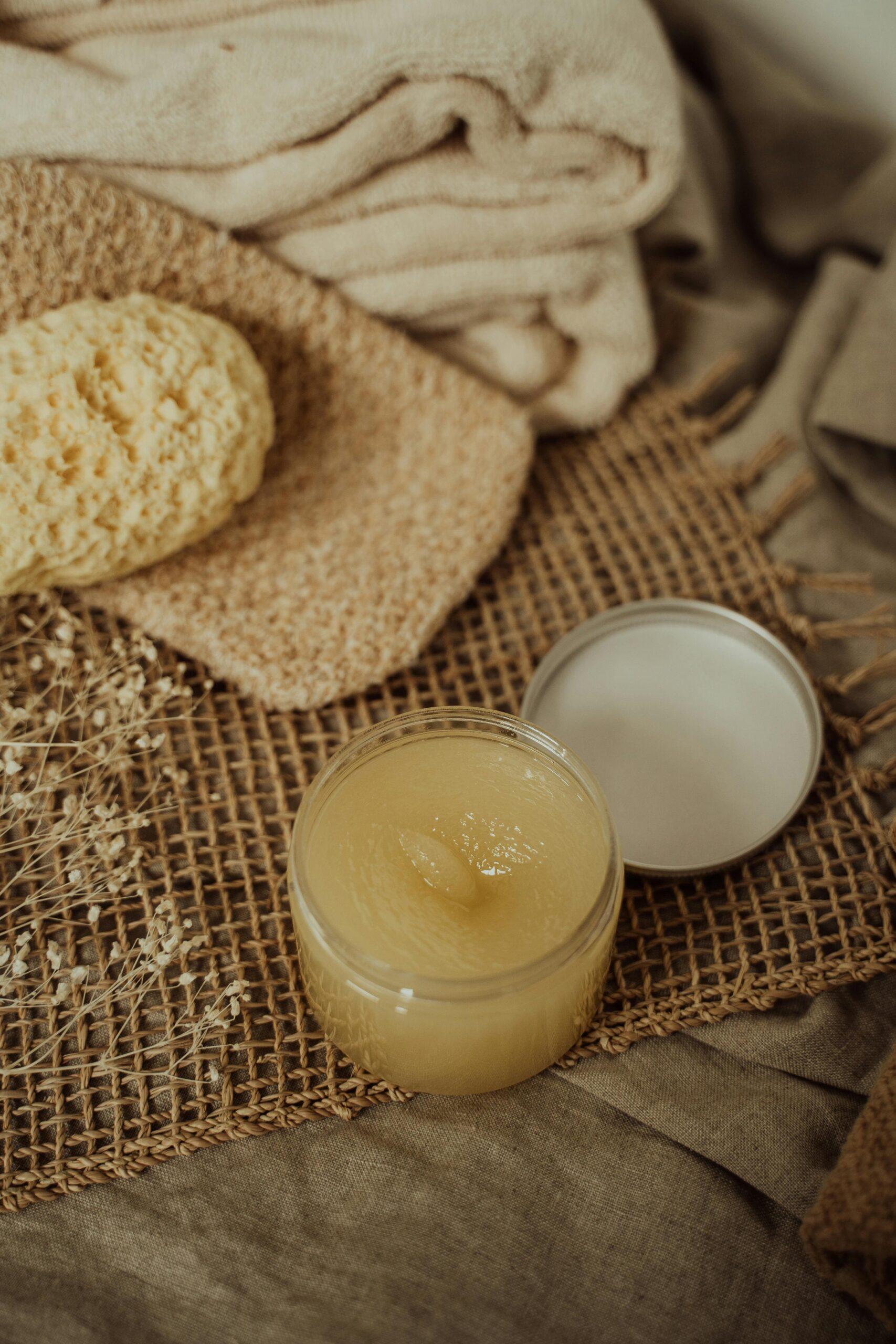Combination skin is a unique skin type that presents a blend of both oily and dry areas on the face. Typically, the T-zone, which includes the forehead, nose, and chin, tends to be oilier, while the cheeks and other areas may exhibit dryness or normalcy. This duality can pose challenges when it comes to skincare and makeup application, as products that work well for one area may exacerbate issues in another.
For instance, a heavy moisturiser that hydrates dry patches may lead to excess shine in the T-zone, while a mattifying product could leave the cheeks feeling parched. The characteristics of combination skin can vary significantly from person to person. Some individuals may experience more pronounced oiliness in their T-zone, while others might find that their cheeks are consistently dry.
Additionally, environmental factors such as humidity, temperature, and seasonal changes can influence how combination skin behaves. Understanding these nuances is crucial for selecting the right products and developing an effective skincare routine that addresses the specific needs of each area of the face.
Summary
- Combination skin is characterized by having both oily and dry areas on the face, requiring a balanced approach to skincare and makeup application.
- When choosing foundation for combination skin, consider factors such as coverage, finish, and ingredients to ensure it caters to both oily and dry areas.
- Types of foundation suitable for combination skin include oil-free, matte, and powder foundations, as they help control shine in oily areas without drying out dry patches.
- Matching the right shade of foundation is crucial for combination skin, as it ensures a seamless and natural look without emphasising the contrast between oily and dry areas.
- Application techniques for combination skin should focus on using lighter layers, blending well, and targeting specific areas with different products to address the varying skin needs.
Factors to Consider When Choosing Foundation
Foundation Formulation
One of the primary considerations is the formulation of the foundation itself. Foundations come in various types, including liquid, cream, powder, and stick forms, each with its own set of benefits and drawbacks.
Texture and Coverage
For combination skin, a foundation that offers a lightweight texture while providing adequate coverage is often ideal. This allows for a natural finish without overwhelming the drier areas or exacerbating oiliness.
Finish and Ingredients
Another critical factor is the finish of the foundation. Matte finishes can be beneficial for controlling shine in oily areas but may leave dry patches looking even more pronounced. Conversely, dewy finishes can enhance radiance but may contribute to an overly shiny appearance in the T-zone. A satin finish often strikes a balance between these two extremes, providing a healthy glow without compromising on oil control. Additionally, it is essential to consider the ingredients in the foundation; those containing hydrating elements like hyaluronic acid or glycerin can help maintain moisture levels in dry areas while still being suitable for oilier zones.
Types of Foundation Suitable for Combination Skin
Several types of foundations are particularly well-suited for combination skin, each offering unique advantages. Liquid foundations are often favoured due to their versatility and ease of application. Many liquid formulations are available in both matte and satin finishes, allowing individuals to choose one that best suits their skin’s needs.
For example, a lightweight liquid foundation with buildable coverage can provide a natural look while allowing for touch-ups in oilier areas throughout the day. Cream foundations are another option worth considering. They typically offer more coverage than liquids and can be formulated to provide hydration for dry areas without being overly greasy.
Cream foundations often have a thicker consistency, which can help them adhere better to the skin and last longer throughout the day. However, it is essential to select a cream foundation that is non-comedogenic to avoid clogging pores in oilier regions. Powder foundations can also be beneficial for combination skin, particularly those that are finely milled and offer a soft-focus effect.
These formulations can help absorb excess oil in the T-zone while providing a light layer of coverage that does not feel heavy on the skin. Mineral powders are especially popular as they often contain natural ingredients that are less likely to irritate sensitive areas.
Matching the Right Shade
Finding the perfect shade of foundation is crucial for achieving a seamless and natural look, particularly for those with combination skin where different areas may have varying tones. The first step in this process is to identify your undertone, which can be warm, cool, or neutral. Warm undertones typically have a golden or yellow hue, cool undertones lean towards pink or blue tones, and neutral undertones are a mix of both.
Understanding your undertone will help narrow down your options when testing foundations. When testing shades, it is advisable to swatch several options on your jawline rather than your wrist or hand, as this area will provide a more accurate representation of how the foundation will appear on your face. It is essential to allow the foundation to settle on your skin for a few minutes before making a final decision, as some formulations may oxidise and change colour after application.
Additionally, consider how the foundation looks in different lighting conditions; natural light is often the best indicator of how well a shade matches your skin tone.
Application Techniques for Combination Skin
The application technique used can significantly impact how foundation looks and wears on combination skin. One effective method is to use a damp makeup sponge for application. This technique allows for an even distribution of product while providing a natural finish.
The sponge can help to press the foundation into the skin, ensuring that it adheres well without settling into fine lines or dry patches. For those who prefer using brushes, opting for a flat-top kabuki brush can yield excellent results. This type of brush allows for buffing the foundation into the skin seamlessly while providing good coverage where needed.
It is advisable to start with a small amount of product and build up coverage gradually, particularly in areas that require more attention. For oily zones, using a stippling motion can help control shine without overloading those areas with product. Setting the foundation with a translucent powder can also enhance longevity and prevent excess shine throughout the day.
However, it is crucial to apply powder sparingly in drier areas to avoid emphasising flakiness or texture. A light dusting in the T-zone should suffice to keep oil at bay while maintaining a fresh appearance elsewhere.
Long-lasting and Transfer-resistant Formulas
For individuals with combination skin, selecting long-lasting and transfer-resistant foundations is essential for maintaining a polished look throughout the day. Formulations that boast long-wear properties often contain ingredients designed to withstand humidity and sweat while providing excellent coverage. Foundations labelled as “24-hour wear” or “waterproof” are typically formulated with advanced technology that helps them adhere better to the skin.
Transfer-resistant foundations are particularly beneficial for those who lead active lifestyles or live in humid climates. These formulations are designed to resist smudging or fading when coming into contact with clothing or other surfaces. Ingredients such as silicone-based compounds can create a barrier on the skin that helps lock in colour while repelling moisture.
It is also worth considering setting sprays or powders specifically designed for long wear when using foundation on combination skin. These products can provide an additional layer of protection against transfer and help maintain a fresh appearance throughout the day.
Additional Tips for Maintaining Combination Skin
Maintaining healthy combination skin requires a thoughtful approach to both skincare and makeup application. A balanced skincare routine is paramount; using gentle cleansers that do not strip the skin of its natural oils is essential for preventing dryness in certain areas while managing oiliness in others. Incorporating hydrating serums or moisturisers with lightweight textures can help nourish dry patches without overwhelming oily zones.
Exfoliation plays a vital role in maintaining smooth skin texture and preventing clogged pores, particularly in oilier areas. However, it is crucial to choose exfoliants that are suitable for combination skin; chemical exfoliants like AHAs or BHAs can provide effective results without causing irritation or excessive dryness. Regularly assessing your skincare routine based on seasonal changes can also be beneficial.
For instance, during colder months when skin tends to be drier, incorporating richer moisturisers may be necessary, while lighter formulations may suffice during warmer months when oil production increases.
Finding the Perfect Foundation for Combination Skin
Navigating the world of makeup with combination skin can be challenging but rewarding when armed with the right knowledge and tools. By understanding your unique skin type and considering factors such as formulation, finish, shade matching, and application techniques, you can find a foundation that enhances your natural beauty without compromising comfort or wearability. With careful selection and application strategies tailored specifically for combination skin, achieving a flawless complexion becomes an attainable goal rather than an elusive dream.
When it comes to achieving flawless skin, choosing the right foundation for combination skin is crucial. However, it is just one piece of the puzzle in building a perfect skincare routine. In a related article on how to build a perfect skincare routine, you can learn about the importance of incorporating various products like cleansers, moisturisers, and serums into your daily regimen. By following these tips, you can ensure that your skin remains healthy and radiant. Additionally, if you are looking to make your skincare routine more sustainable, you can check out how to build an eco-friendly skincare routine for some helpful advice. Remember, choosing the right foundation is just the beginning of achieving beautiful skin.




